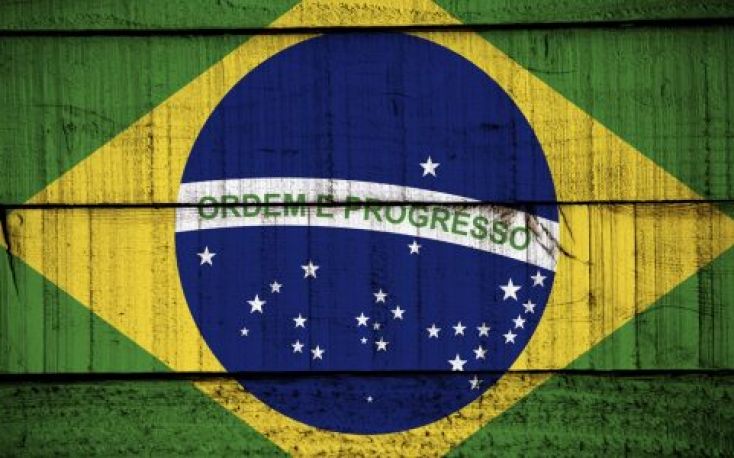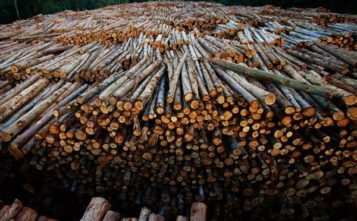Supplies of tropical sawnwood and hardwood decking in Brazil are also tighter than usual at this time of year during the dry season.
Typically, the rainy season in the Brazilian Amazon finishes in June and July but it has lingered on for longer than usual with rain continuing in some areas, impeding logging. COVID-19 is also spreading in rural areas in Brazil acting as a further brake on harvesting and milling operations. Unlike in previous years, Brazilian hardwood mills are now less likely to make unsolicited offers to overseas customers.
Continued weakness of the Brazilian real against other currencies has meant that prices are still competitive on international markets. However, the weak real together with COVID-19 related impacts on trade has also meant that Brazil is importing less. This has greatly reduced availability of containers and pushed up freight rates for shipments out of Brazil.
Firm demand for wood for exterior applications in both the US and Europe during the lockdown period is helping to put a floor under Brazilian hardwood prices. Demand for the cheaper hardwood species is also currently quite strong in Brazil’s domestic market.
US importers were heavily stocked in Brazilian sawnwood going into the COVID-19 period and they have been discounting prices for onward sales in the US. At present US importers are not buying in new stocks of Brazilian hardwood in large volumes because of uncertainty surrounding the future development of demand.
Most imports of hardwood from Brazil comprise wood for exterior applications, although some wood for interior joinery is purchased in continental Europe, notably France.
There has been shift in continental Europe away from ipe in favour of cumaru. In the UK, cumaru is also now favoured for outdoor construction, and less often ipe, massaranduba and garapa.
Enquiries for FSC certified hardwood from Brazil are rising in Europe. Demand in the UK for hardwood from Brazil is now almost exclusively FSC. This trend is encouraged not only by EUTR due diligence requirements but also by the fact that price premiums for FSC certified Brazilian tropical hardwood are less than in previous years.
The granting of concession contracts for reduced impact logging of larger areas of publicly owned forest by Federal and State authorities, a policy progressively extended in Brazil since 2008, also offers potential to increase supply of FSC certified tropical wood. Some of the tropical forest concession areas are large and capable of producing a large volume of timber on a sustainable basis.
However, there are also significant economic constraints to FSC certification in tropical forest concessions in Brazil.
The forests are extremely diverse offering only a limited volume of the most commercially valuable species and a large volume of secondary species.
The premiums achievable on the sale of FSC certified volumes of the commercially valuable species are insufficient to offset the certification costs in the absence of any premium for certification of the much larger volume of secondary species.
For other South American countries, their overall competitiveness in relation to Brazil is impaired due to the weakness of the Brazilian currency. In Guyana, despite COVID-19 related restrictions, harvesting and production levels are near normal for this time of year. However, in the context of Guyana, “normal” still implies slow and quite restricted.
In Peru, the harvest season was truncated due to COVID19, although some suppliers have managed to maintain production at levels not far short of previous years. FSC certified material is also often easier to source from Peru than Brazil, although Peruvian suppliers are currently struggling to compete on price.
On Malaysian hardwoods, UK and EU imports of Malaysian meranti are well down on previous years in 2020. In part this is supply related, with shippers telling UK importers that there has been a particularly wet rainy season and many reports of mill closures in the face of the pandemic.
There has also been a dramatic increase in freight rates to European ports from South East Asia, a trend expected to continue for the rest of the year. Carriers are operating the route on severely reduced capacity in response to the COVID-19 pandemic, with numerous blank sailings, and are expected to only slowly increase capacity as demand and trade volumes rise.



Leave a Reply